This article is about subtractive survival. What not to do. People often survive not because of what they do, but because of what they don’t do. They survive when others die simply because they don’t make any big mistakes.
To see survival from this paradigm, you must determine the big mistakes that could cost you your life, determine how to avoid them, and then avoid them at all costs.
The Via Negativa
Nassim Nicholas Taleb is a really smart, highly educated guy who writes about risk. If you don’t recognize him by name, you’ve probably heard of his ideas. He wrote The Black Swan: The Impact of the Highly Improbable (Taleb, The Black Swan: The Impact of the Highly Improbable, 2007) and Antifragile: Things That Gain from Disorder. (Taleb, Antifragile: Things That Gain From Disorder, 2012)
One of those ideas is applying The Via Negativa to risk. It’s perhaps not the most obvious connection seeing as the Via Negativa is a form of theological thinking that approaches the subject of God by describing what He is not, as opposed to what He is. But big ideas often combine knowledge from different fields.
How it applies to risk is that businesses, and people, often survive not because of what they do, because of what they don’t do. Businesses get big by not going bankrupt. Fish get big by not being eaten. People often survive by not texting while they are driving.
People love to attribute survival luck because it absolves them of any responsibility. “It doesn’t matter what you do. Either you’re lucky or you’re not.” The fact is, there’s no such thing as luck.
I think what they are trying to explain by attributing survival to luck is The Via Negativa. In point of fact, all kinds of people survive who you would think wouldn’t survive. Survivors aren’t all TV survival instructors. They are often very ordinary people who simply didn’t screw up so big that it cost them their lives.
Small mistakes are ok. In fact, we need them. We can’t learn and grow stronger without them. It’s the big high order mistakes that get you killed.
So, let’s identify some big mistakes to avoid at all costs.
Big Survival Don’ts
1. Fail to Make a Trip Plan
Before any trip outdoors, always tell a responsible friend precisely where you are going, your intended route, what equipment you have, and who is going with you. Set a trigger time for him to mount a search and rescue mission if he doesn’t hear from you by then.
Failure to do make trip plan for a day of solo canyoneering famously cost 27-year-old Aron Ralston his right arm, and very nearly cost him his life. Big mistakes often lead to bad outcomes.
In Aron’s case, he didn’t leave a trip plan even though he had SAR experience and should have known better. Then he dislodged an 800 Lbs boulder that pinned his right hand and wrist against the wall of Blue John Canyon, a remote slot canyon in southern Utah.
After six days without food or water, with virtually no hope of rescue before he would expire, Mr. Ralston amputated his right arm below the elbow with a cheap Chinese multitool to free himself. Fortunately, he was able to scramble, rappel 65’ one-handed, and then walk out to find others who alerted authorities who eventually flew him to a hospital.
A photo of Aron Ralston sporting his prosthetic arm should be on posters at every trailhead to encourage people to call someone and tell them where they are and when they’ll be back, but he was a mechanical engineer for Intel, so the media celebrated his achievement, gave him a book deal, made a movie about him, and made him GQ’s Man of the Year instead.
I’m glad Mr. Ralston lived and has enjoyed success despite making a mistake, as we all do. But as a survival writer, I also feel it is important to encourage readers to follow safety practices such as making trip plans.
At the end of his book, 127 Hours: Between a Rock and a Hard Place, (Ralston, 2004) Mr. Ralston listed people who supported, inspired or encouraged him. Among them were Chris McCandless and his biographer Jon Krakauer, which segways very nicely into our next big mistake.
2. Fail to Bring a Detailed Topo Map & Compass
24-year-old Christopher McCandless was the young man who lived in a bus-turned-hunting shelter on the Stampede Trail just west of Healy, Alaska for a summer and ended up starving to death. Jon Krakauer details his ordeal in the book Into the Wild. (Krakauer, 1996)
As Krakauer points out, if McCandless had brought a detailed topo map and compass, he almost certainly would have found the wire bridge across the river, and the trolley which was on his side of the river. The same river that prevented him from making it back to town when he ran out of food.
3. Go Out Underdressed
In modern survival ordeals, fatalities are due to exposure or some combination of injuries, dehydration, medical problems and then dying from exposure often happen when people engage in outdoor activities dressed for the daytime temperature and then up spending the night. When the temperature drops, they are not prepared for how cold it gets at night.
It doesn’t have to be below freezing. Most exposure fatalities occur in temperatures between 50 °F (10 °C) and 30 °F (-1 °C). (Forgey, M.D., 1987) They just didn’t think they were going to spend the night, so they didn’t wear enough clothing. Nobody plans to spend the night pinned under their quad, but it happens.
4. Fail to Pack to Spend the Night
If you thought there was a chance you might spend the night, you would bring more than just the clothes on your back, wouldn’t you? At a minimum, most people would bring a small, lightweight survival kit with a headlamp, bivvy sack, emergency blanket, a way to make fire, cordage, a knife, water and food … you get the idea.
I was taught to always be able to stay the night because I grew up in Arizona and I spent a lot of time in the desert. A rainstorm a hundred miles away could turn the dry wash that you drove across, on the way in, into a raging torrent with pockets of quicksand before a single raindrop hits your windshield. So, I always planned to spend the night, and I still do. It paid off more than once.
5. Overestimate Your Abilities
This applies equally to outdoor and urban survival. Whatever outdoor activities you engage in, whether you run, hike, backpack, climb, spelunk, surf, sail, ride, boat, fly, drive or base jump. Do not attempt activities beyond your level of fitness, ability or skill. Do not attempt activities you are not properly equipped for. Be prepared, and do not exceed the capabilities of your equipment.
Many people suggest that Chris McCandless overestimated his abilities. That he was simply beyond his ability. He had vagabonded all over the US and even down into Mexico and had some camping and hunting experience, but most outdoorsmen would probably agree that he was pretty green to safely attempt a solo survival trip in Alaska. He picked up a book on wild edibles but was overconfident in his abilities, thought he would be fine, and would figure it out of his own.
He was obviously an intelligent kid and had figured things out on his own all his life. But if you think you’re smart enough to bypass tens of thousands of years of human development and skip learning from the locals before heading into an unfamiliar biome, you may be intelligent, but you are not wise. My heart certainly goes out to his family.
I understand why so many people are inspired by McCandless, and I encourage readers to read Into the Wild if they haven’t. He did something that so many people dream of doing and knew freedom that most born in recent generations will never know. Just avoid the big mistakes that contributed to his tragically short life.
6. Underestimate the Threat Posed by Humans (Including Yourself)
The aptly titled book, Over the Edge: Death in Grand Canyon, details nearly 800 deaths that have occurred in Grand Canyon and many more close calls. It is a great book for students of survival and contains plenty of discussion about “what not to do.”
It also provides a lot of data and that’s important because as J. Edwards Demming put it,
“Without data, you’re just another person with an opinion.” (Silberzahn, 2016)
The book details deaths and their causes and attempts to categorize them, which isn’t always as straightforward as one might think. In analyzing the data, the authors point out that people are so worried about dangerous flora and fauna of the southwest desert, yet there were only 9 deaths that could be attributed to plants and animals and most of those weren’t even the wild animals or creepy crawlies that people fear so much.
- 3 people were killed by mules and horses.
- 1 Havasupai man was butted off a ledge by big horn sheep he had shot with bow and arrow.
- 1 person was killed by a natural tree fall.
- 2 people died from ingesting Datura blossoms.
- And one each died from hantavirus and bacterial infection.
Although there have been plenty of bites, nobody has died from venomous snakes or arthropods, although a two-year-old girl very nearly died from a Centruroides (bark scorpion) sting. They recorded no deaths from mountain lions, rattlesnakes, Gila monsters, scorpions or spiders.
There were many deaths attributed to humans though:
- 15 homicides
- 94 suicides
- 21 mistakes in judgement
Then there were hundreds of deaths due to other factors including drownings, falls, base jumps, aircraft crashes, exposure-related deaths, lightning strikes, accidents, and unknown deaths. Many, if not most of these, had human components, such as not wearing a life jacket, using the wrong technique to cross a river, attempting an activity beyond their fitness level, skill level, equipment and so on.
The analysis of the authors?
“Little do they realize (as you know by now) that the most dangerous critter out there is a human being, maybe even oneself.”
– Michael P. Ghiglieri & Thomas P. Myers (Ghiglieri & Myers, 2012)
Now go and enjoy life and enjoy the outdoors and don’t make any of these big mistakes that can get you killed!
References
Forgey, M.D., W. (1987). Hypothermia. In M. W. Forgey, Wilderness Medicine (p. 63). Merillville, Indiana: ICS Book, Inc.
Ghiglieri, M. P., & Myers, T. M. (2012). Chapter 8: Critters & Cacti. In M. P. Ghiglieri, & T. M. Myers, Over the Edge: Death in Grand Canyon (p. 405). Flagstaff, Arizona: Puma Press.
Krakauer, J. (1996). Into the Wild. New York: Anchor Books, Random House.
Ralston, A. (2004). 127 Hours: Between a Rock and a Hard Place. New York: Simon & Schuster.
Silberzahn, M. J. (2016, March 15). Without an Opinion, You’re Just Another Person with Data. Retrieved from forbes.com: https://www.forbes.com/sites/silberzahnjones/2016/03/15/without-an-opinion-youre-just-another-person-with-data/?sh=21d7f124699f
Taleb, N. N. (2007). The Black Swan: The Impact of the Highly Improbable. New York: Random House.
Taleb, N. N. (2012). Antifragile: Things That Gain From Disorder. New York: Random House Publishing Group.

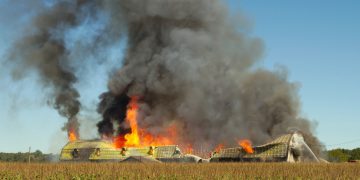
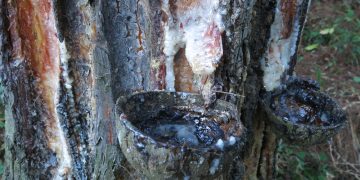
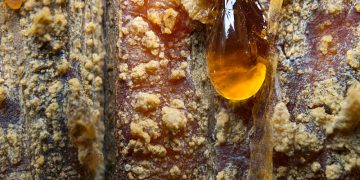


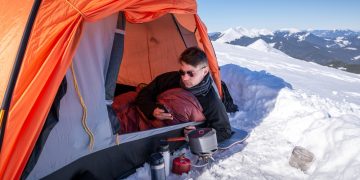

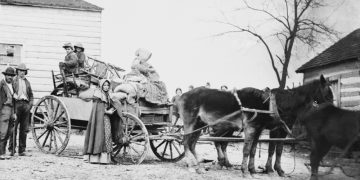
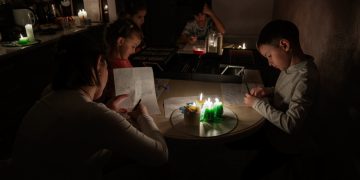
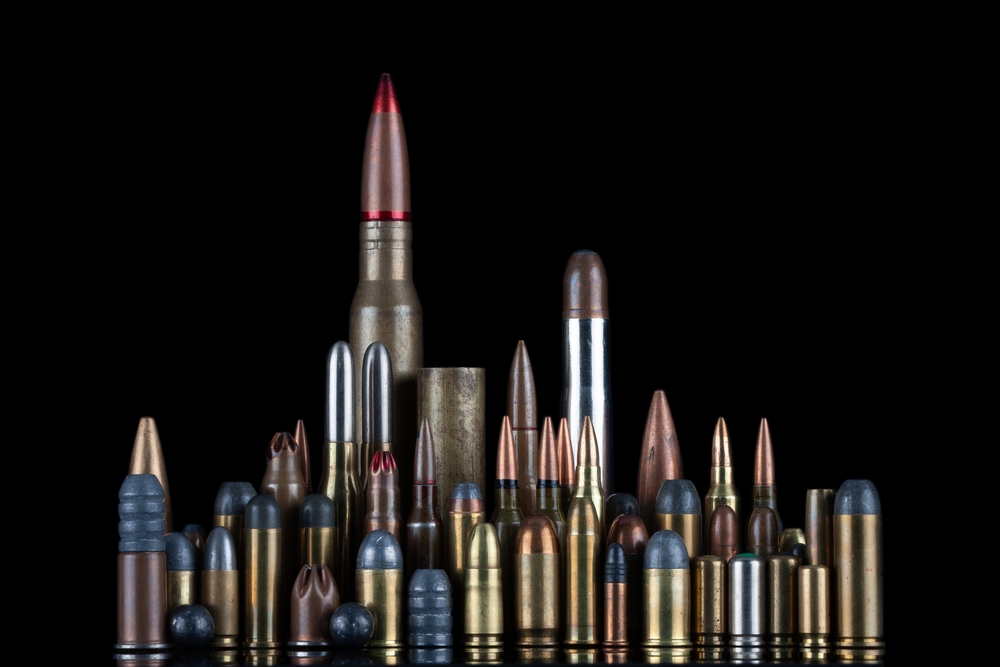
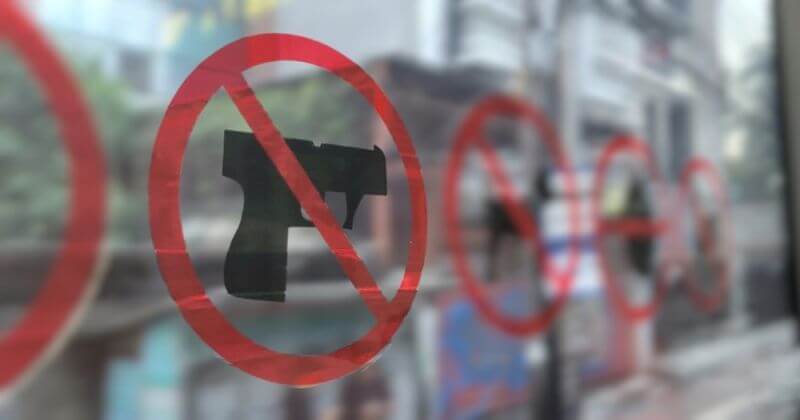


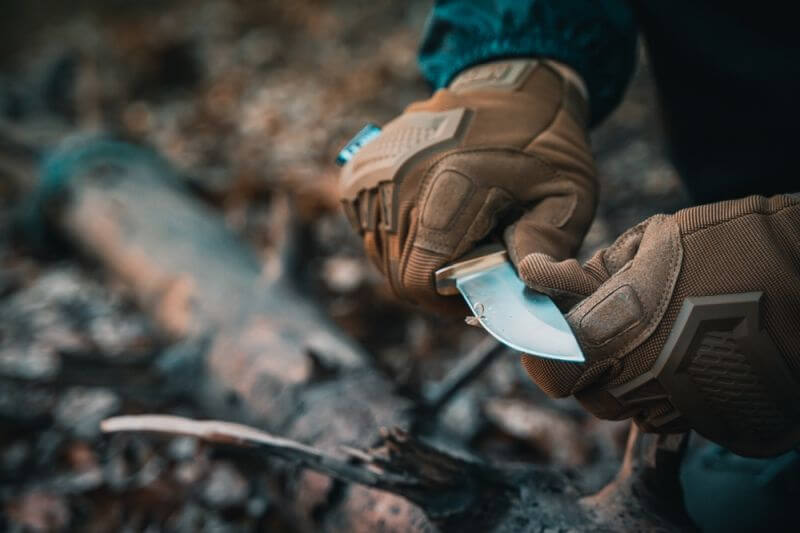
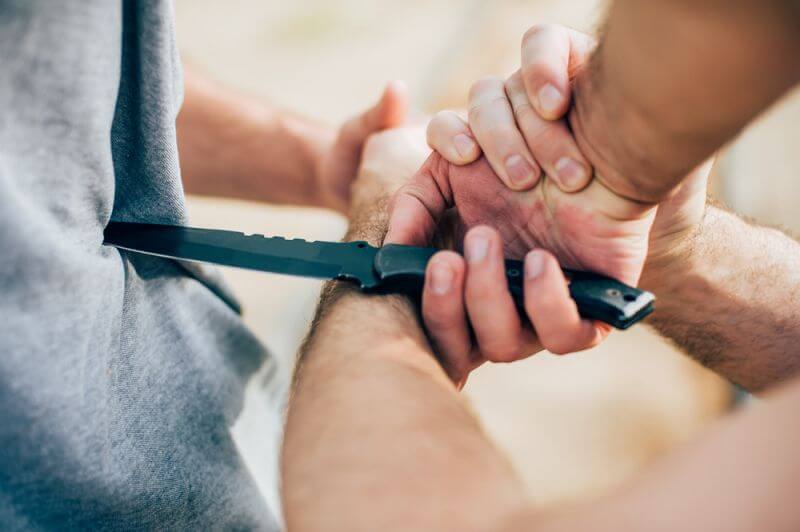
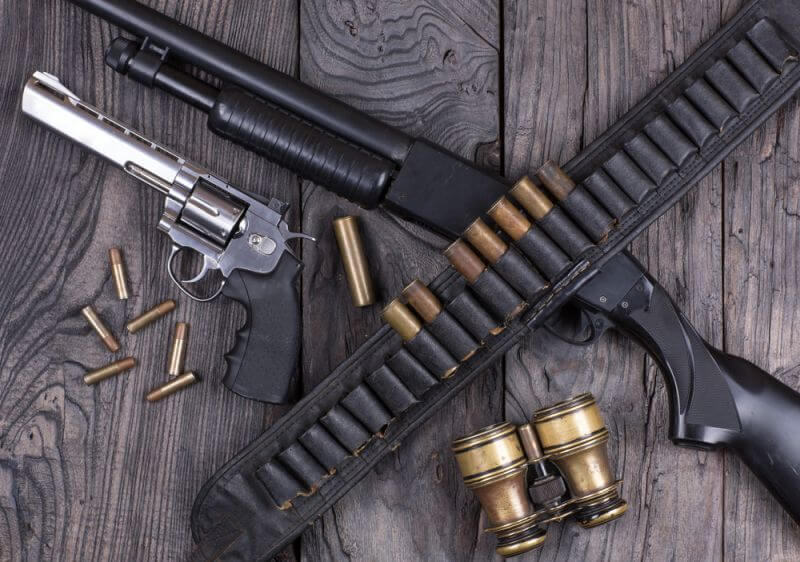

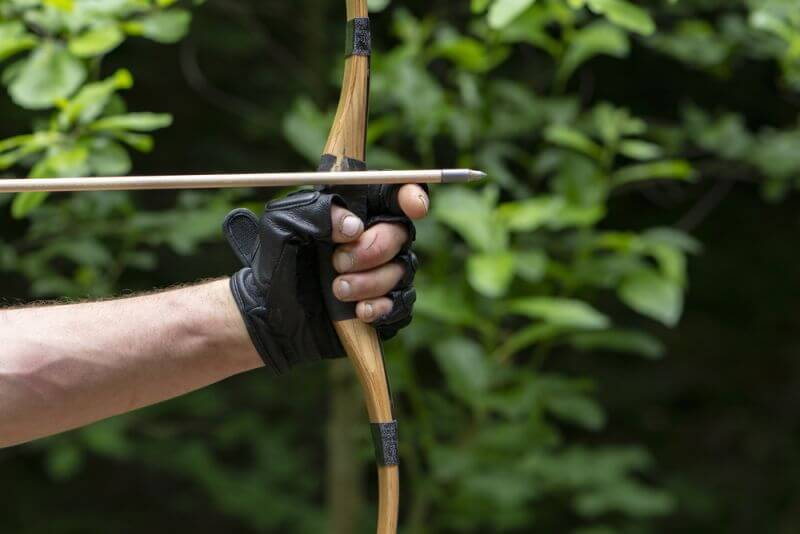
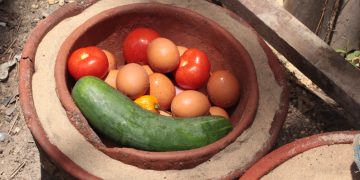

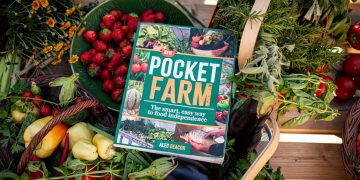
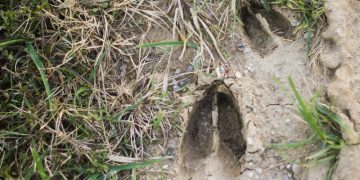



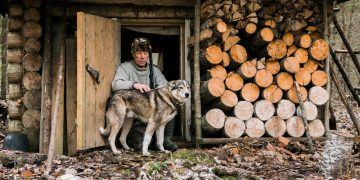


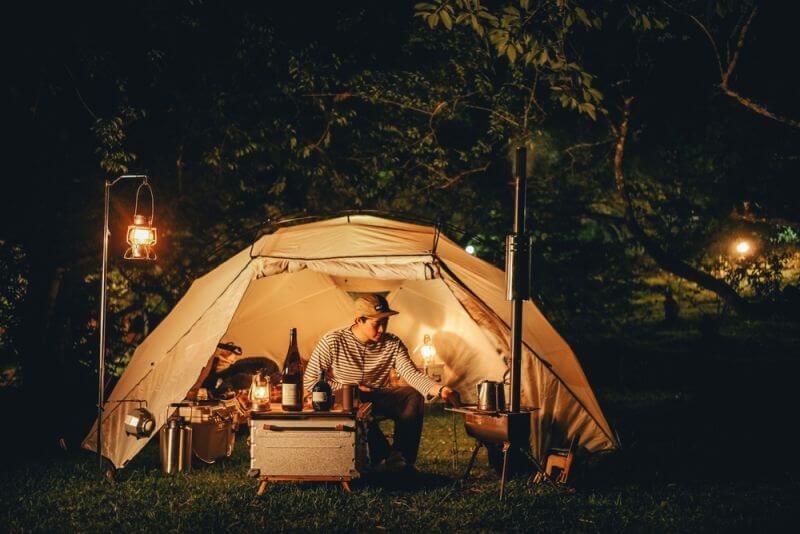




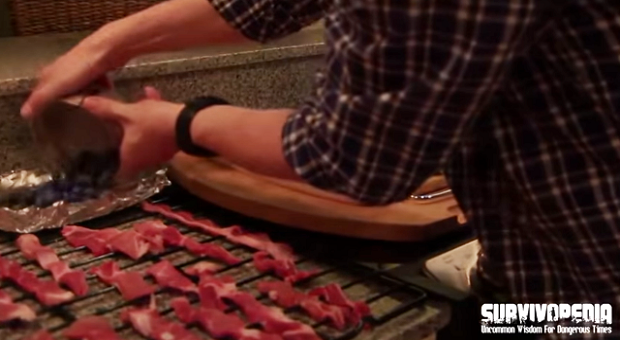



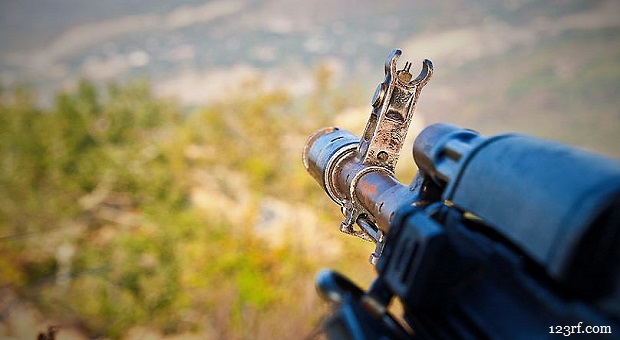
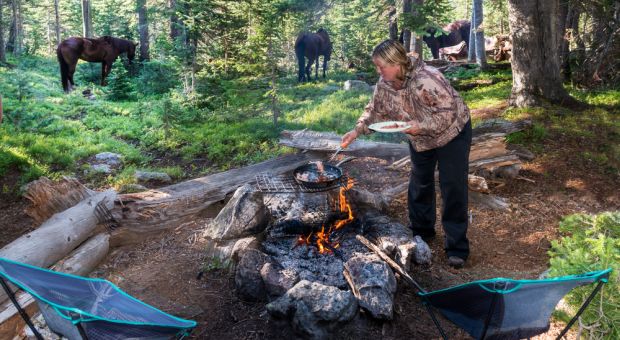
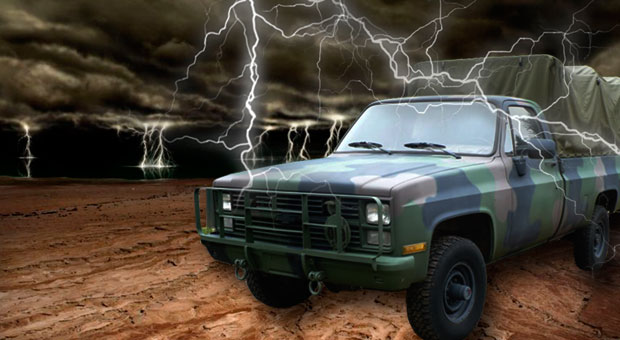
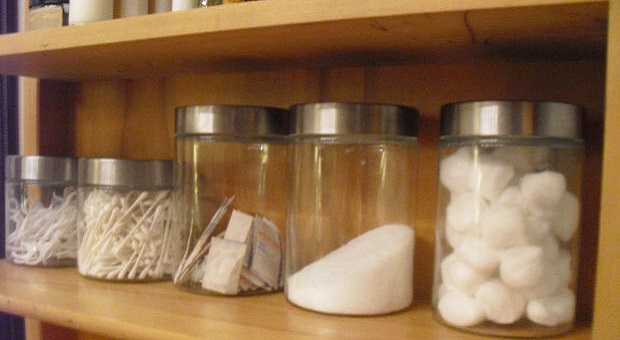
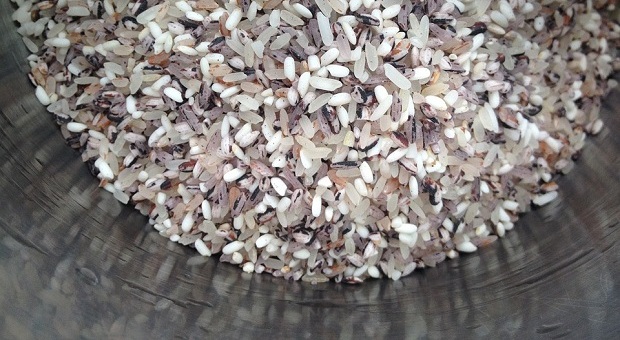
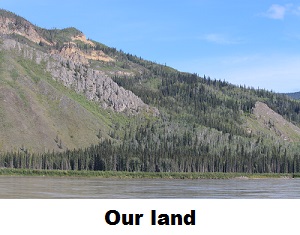







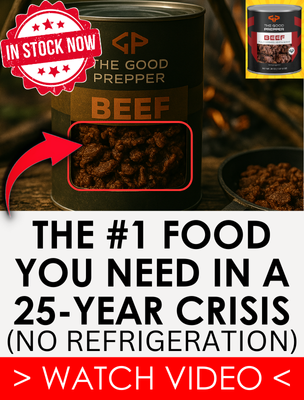

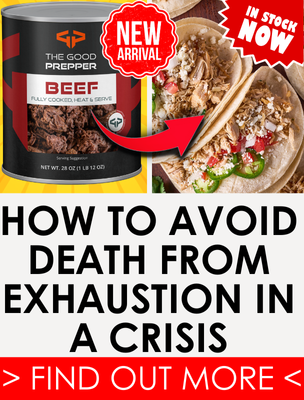
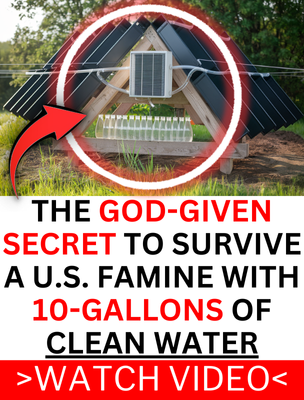

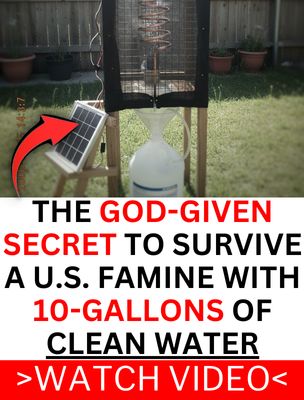




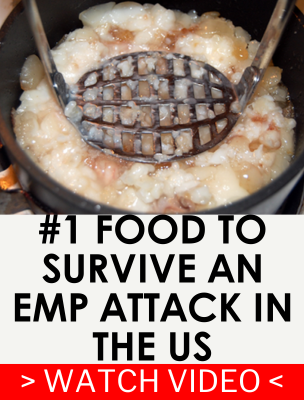
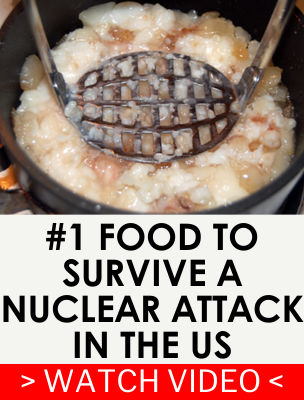
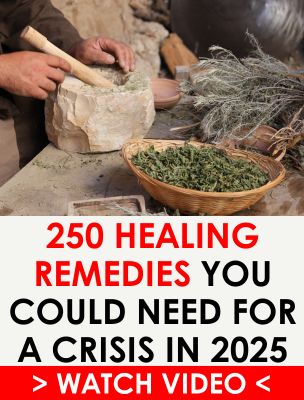
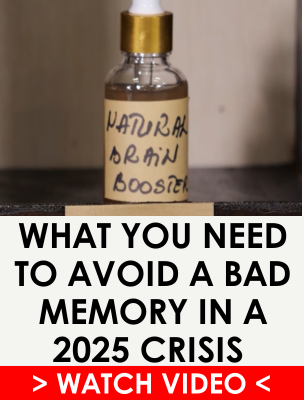
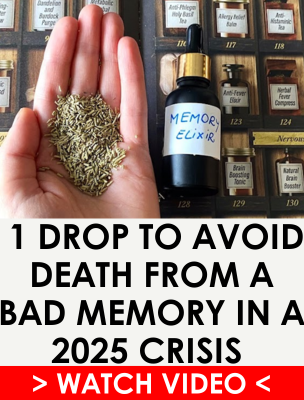



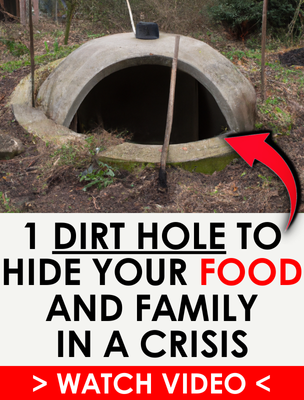
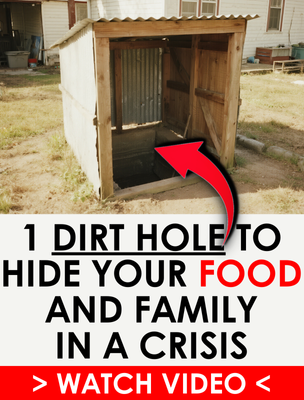
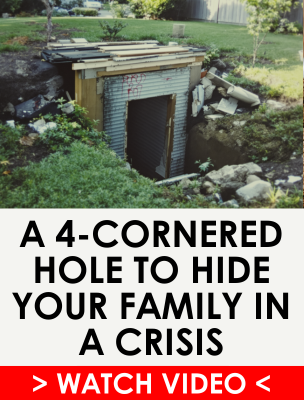

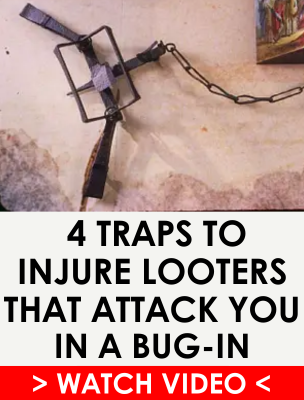
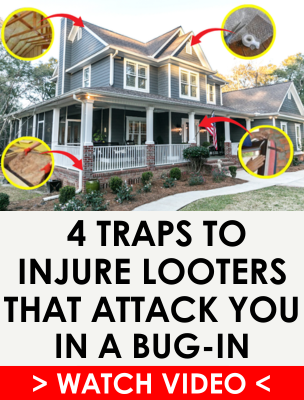
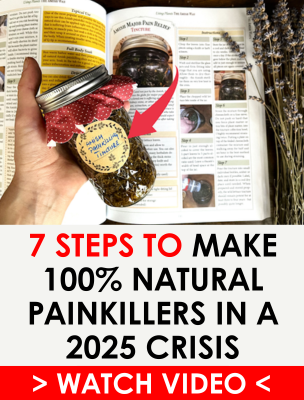




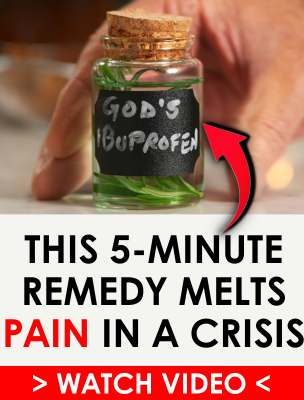




I listened to Laurence Gonzales, the author of the best-seller “Deep Survival: Who Lives, Who Dies, and Why.”
Our military spends millions of dollars each for the best survival training for some of our most capable soldiers, so it’s puzzling that one dies of dehydration with a full canteen of water on his belt, yet a mail clerk with zero survival training survives what others didn’t! A significant conclusion was survivors often have in common faith and purpose for which I personally relate.
I’ve been in situations where the highly capable abandon logic and and openness to thinking and solutions to replace calmness with hysteria. I have so many stories on that, I can write my own book.
I further relate with my reasons for preparedness for survival. To make it even more counterintuitive, I don’t call myself a “survivalist,” yet I’ll be likely to survive what many survivalists I know won’t.
If not a survivalist, then what am I? I’m certainly not risk adverse in developing skills that have already proven lifesaving many times. I ski off cliffs with nothing to gain except skill improvements and similarly a long list of other things a survivalist typically avoids.
A survivalist might choose to “survive” within impending communism much as the docile have “survived,” IF you want to call it that, within the communist nations of the world that got their start with genocides by tens of millions. Would the world even have communist nations, if the people were willing to fight to their death to prevent it in their love and caring for their future generations?
In the sharpest contrast, I will never live under communism, so in that aspect, I’m not a survivalist.
I’m a warrior! I don’t put my survival first. Personal safety is way down my list of priorities. I put what I’m willing to live for or die for first as a warrior.
Chuck, a friend, had a sign in his preparedness shop that had a riddle:
“You’re completely surrounded by the enemy. They are very well trained, equipped, fed and rested. What do you call that situation?” Surrender? (You can survive.) No! Answer: “A target rich environment!”
Laurence Gonzales has meant a lot to me.
I share the two main characteristics of survivors: Faith and Purpose.
Those who have read my comments to other articles might recall what I’ve said about: “I won’t let a little thing like impossible stop me!” In that comment, I’ve addressed faith. I’ve personally experienced miracles from our Creator overcoming impossible, so I’m willing to do my part on only faith.
On purpose, we all die and survivalism doesn’t change that, so purpose becomes paramount.
I have purpose. Still single, I will give my future children amazing advantages (when the special one for me finds me) to thrive through the harsh times to come and prosper and live free and should freedom be impossible, to become the warriors capable of changing the world with faith in miracles from our Creator.
[email protected]
Reading this again, skills are a key point in this article and particularly having insufficient or overestimated skills. Skill development is significant preparedness, so it is paramount among my broad preparedness. Even before the harsh times to come, skills have made what would be deadly to others in inconsequential for me. Skills development is a fun aspect of preparedness and often is done as hobbies. I fell through the ice while ice fishing, yet had techniques and fitness to get out on my own. Though I had plenty of extra warm clothing and even dry boots and more, the preparedness value of fitness allowed me to not care that I was wet as I was having so much fun running around to hand auger additional holes and fishing them that I didn’t bother changing into dry clothes and they were mostly dry from body heat in about three hours. When ice fishing, I carry equipment to rescue others with me which is ice climbing anchors (advantage is speed) and paracord to string a long length over people who fall through weak ice.
My race track and off-road driving skills allowed me to avoid what would have been a highway pileup that would otherwise be unavoidable. Knowing the capabilities of myself and the vehicle allowed total avoidance of collision.
Many times in my life, hard falls that would otherwise injure or kill were inconsequential because of my martial arts where we are skilled at taking falls without injuries. The bicycle racing likely contributed with strength and bone density.
Such hobbies that develop skills and fitness, beyond being fun, make valuable contributions to capabilities and preparedness.